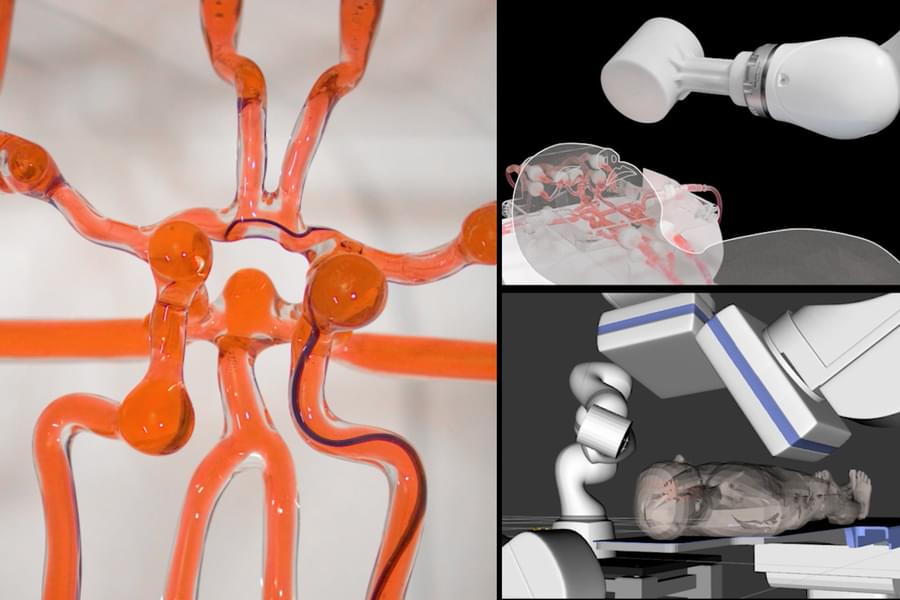The Cybersecurity and Infrastructure Security Agency (CISA) has added nine more security flaws to its list of actively exploited bugs, including a VMware privilege escalation flaw and a Google Chrome zero-day that could be used for remote code execution.
The VMware vulnerability (CVE-2022–22960) was patched on April 6th, and it allows attackers to escalate privileges to root on vulnerable servers due to improper permissions in support scripts.
A Chrome zero-day was also included in CISA’s Known Exploited Vulnerabilities (KEV) catalog, a bug tracked as CVE-2022–1364 and allowing remote code execution due to a V8 type confusion weakness.







